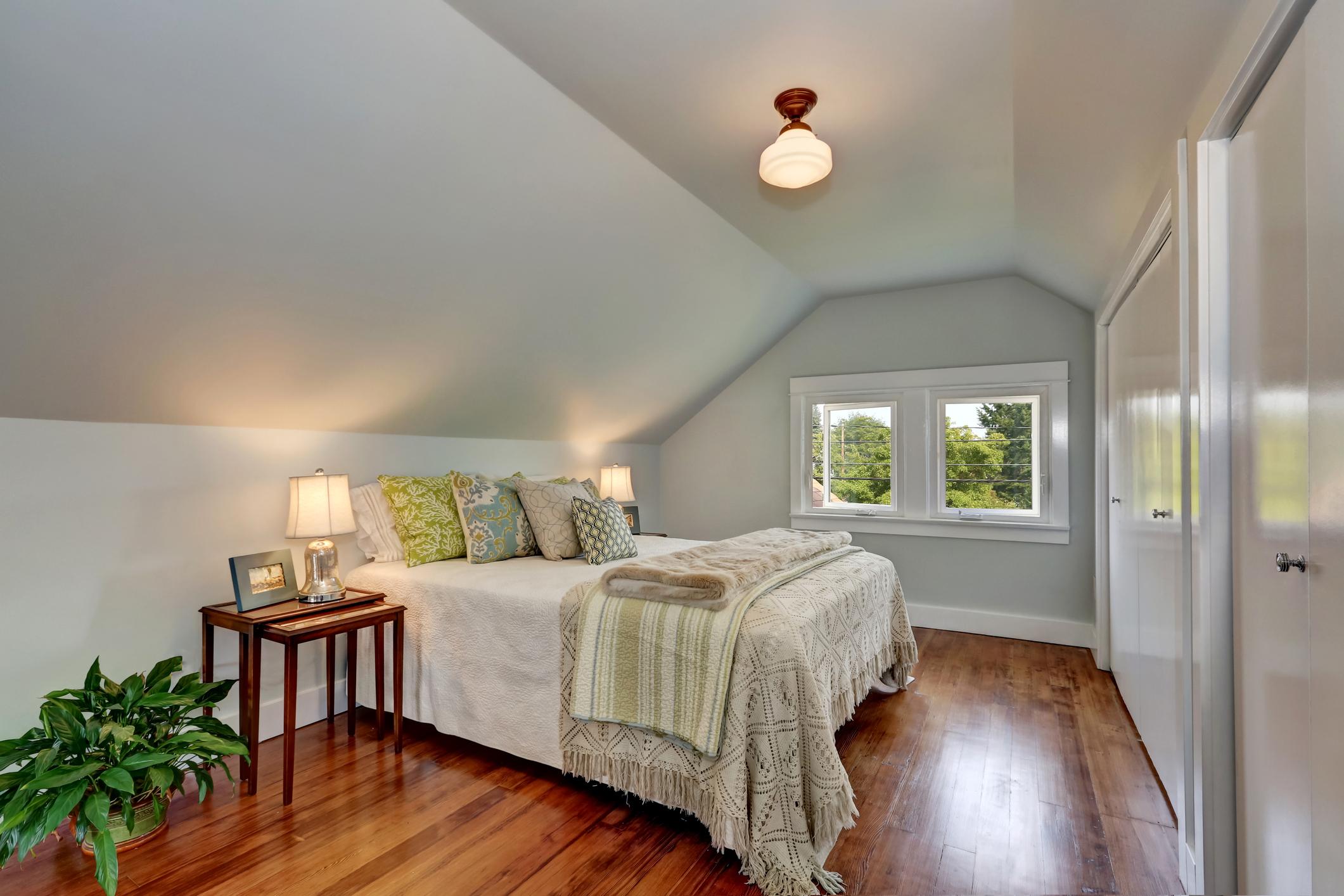

Articles
Why Is My Second Floor So Hot In The Winter
Modified: January 5, 2024
Discover helpful articles on why your second floor is excessively hot during the winter. Learn effective solutions to regulate indoor temperatures and enhance overall comfort.
(Many of the links in this article redirect to a specific reviewed product. Your purchase of these products through affiliate links helps to generate commission for Storables.com, at no extra cost. Learn more)
Introduction
Have you ever wondered why your second floor feels significantly warmer in the winter compared to the rest of your home? It’s a frustrating issue that many homeowners face, yet understanding its causes and finding effective solutions can make a significant difference in maintaining a comfortable living environment.
There are several factors that contribute to the heat imbalance on your second floor during the winter months. From inadequate insulation to poorly sealed windows and doors, these factors can result in uneven temperatures and discomfort. This article aims to shed light on why your second floor gets so hot in the winter and provide you with practical solutions to address this issue head-on.
One of the primary culprits of heat imbalance is inadequate insulation. Insufficient insulation in the walls and ceilings allows warm air to escape through the second floor, making it harder to maintain a consistent temperature. This leads to heat loss and the need to constantly crank up the thermostat, resulting in higher energy bills.
Another common cause of heat imbalance on the second floor is poorly sealed windows and doors. When there are gaps or cracks around windows and doors, cold air can infiltrate the space, while warm air escapes. This not only leads to discomfort but also puts an extra strain on your heating system as it tries to compensate for the temperature fluctuation.
Leaky ductwork can also be a contributing factor to the heat imbalance. Over time, ductwork can develop small holes or gaps, allowing warm air to escape before it reaches the second floor. As a result, your heating system has to work harder to maintain the desired temperature, resulting in uneven heating throughout the house.
Lastly, inadequate insulation in the attic can also play a significant role in the heat imbalance on the second floor. The attic acts as a barrier between the external elements and your living space. Without proper insulation, hot air can infiltrate the second floor, creating uncomfortable conditions.
Now that we have a better understanding of the causes behind a hot second floor in the winter, it’s essential to explore the solutions available to rectify this issue. By addressing these issues head-on, you can create a more comfortable living environment and potentially even reduce your energy consumption.
Key Takeaways:
- Addressing inadequate insulation, poorly sealed windows, leaky ductwork, and lack of attic insulation can keep your second floor warm in winter, improve energy efficiency, and reduce heating costs.
- Utilizing ceiling fans, zoning heating systems, controlling sunlight, and adjusting thermostat settings can further regulate temperature on the second floor, ensuring a comfortable living environment.
Read more: Why Is My Basement So Hot
Understanding the Issue – Factors contributing to heat imbalance – Importance of proper insulation
When it comes to the heat imbalance on your second floor during the winter, several factors play a role in creating this uncomfortable situation. By understanding these factors, you can tackle them effectively and create a more comfortable and energy-efficient living space.
The first and most critical factor contributing to the heat imbalance is inadequate insulation. Insulation acts as a barrier, preventing the transfer of heat between the inside and outside of your home. Without proper insulation, the warm air generated by your heating system easily escapes, while cold air infiltrates your living spaces. This disparity in temperature can create a noticeable difference between the first and second floors of your home.
Insulation not only helps regulate temperature but also plays a crucial role in energy efficiency. Proper insulation in the walls, ceilings, and floors of your home prevents unnecessary heat loss, reducing the strain on your heating system and cutting down on energy consumption. By ensuring your home is adequately insulated, you can minimize heat imbalance and enjoy more consistent temperatures throughout.
In addition to insulation, the architecture and design of your home can also contribute to heat imbalance. Multi-story homes often experience differences in temperature between floors due to their layout and construction. As warm air rises, it accumulates on the upper levels, while cooler air tends to settle on the lower levels. This natural airflow can result in a warm second floor during winter months.
Furthermore, the orientation and exposure of your home to the sun can also impact heat distribution. South-facing rooms or windows may receive more sunlight, which can lead to excessive heat gain on the second floor. Alternatively, north-facing rooms may experience less sunlight, contributing to cooler temperatures. Understanding these factors can help you develop strategies to balance temperatures and enhance comfort.
Proper insulation is crucial not only for temperature regulation but also for overall home comfort and energy efficiency. Inadequate insulation not only affects the second floor but can also impact the entire home. By investing in proper insulation, you can create a more comfortable and consistent living environment, reduce energy consumption and save on heating costs.
In the next sections, we will explore common causes of heat imbalance on the second floor and provide practical solutions to keep your second floor warm during the winter months.
Common Causes of Heat Imbalance on Second Floors
Understanding the common causes of heat imbalance on the second floor of your home is crucial in finding effective solutions to rectify the issue. Let’s explore the main culprits behind this problem:
Inadequate insulation:
One of the primary factors contributing to heat imbalance on the second floor is insufficient insulation. Without proper insulation in the walls, ceilings, and floors, warm air easily escapes, leaving the second floor susceptible to colder temperatures. Inadequate insulation not only results in discomfort but also increases the strain on your heating system as it tries to compensate for the heat loss.
Poorly sealed windows and doors:
Gaps or cracks around windows and doors can allow cold air to seep in while warm air escapes, creating a significant temperature difference between floors. Poorly sealed windows and doors not only affect the second floor but can impact the overall energy efficiency of your home. Properly sealing these openings can help maintain a more consistent temperature and reduce energy waste.
Leaky ductwork:
Leaky ductwork is another common cause of heat imbalance on the second floor. Over time, ducts can develop small holes or gaps, resulting in the loss of warm air before it reaches the upper level. Inefficient ductwork forces your heating system to work harder to compensate for the heat loss, leading to higher energy consumption and uneven heating throughout the house. Sealing and insulating your ducts can help rectify this issue and improve the overall efficiency of your HVAC system.
Lack of attic insulation:
The absence or inadequacy of insulation in the attic can significantly impact the temperature of the second floor. Without proper attic insulation, warm air easily penetrates the second floor, creating discomfort and temperature variations. Installing sufficient insulation in the attic acts as a barrier, preventing excessive heat transfer and maintaining more consistent temperatures on the upper level of your home.
By addressing these common causes of heat imbalance, you can take important steps to improve the comfort and energy efficiency of your second floor. In the next section, we will explore practical solutions to keep your second floor warm during the winter months.
Make sure your second floor is properly insulated and sealed to prevent heat loss. Consider using ceiling fans to help circulate the warm air from the first floor to the second.
Solutions to Keep Second Floors Warm
To address the heat imbalance on the second floor of your home during the winter, it is crucial to implement effective solutions. Here are some practical steps you can take to keep your second floor warm and comfortable:
Enhancing insulation:
Investing in proper insulation is key to maintaining a consistent temperature throughout your home. Consider adding or upgrading insulation in the walls, ceilings, and floors, with a focus on the second floor. This will help prevent heat loss and ensure that warm air remains trapped inside, keeping your second floor comfortably warm. Insulation materials, such as fiberglass or foam, can be installed by professionals or as a do-it-yourself project.
Sealing windows and doors:
Addressing gaps and cracks around windows and doors is crucial for preventing drafts and maintaining a consistent temperature. Use weatherstripping or caulk to seal any openings, ensuring that cold air cannot infiltrate your living spaces. Consider installing double-glazed windows with low-emissivity coatings for added insulation and energy efficiency. Upgrading to energy-efficient doors can also make a significant difference in reducing heat loss.
Proper maintenance of ductwork:
Ensure that your ductwork is in good condition and free from leaks. Have a professional HVAC technician inspect and seal any gaps or holes in the ducts to prevent warm air from escaping before it reaches the second floor. Properly sealed and insulated ducts will maximize the efficiency of your heating system, ensuring that warm air is effectively distributed throughout your home.
Installing attic insulation:
Consider adding insulation to the attic if it is currently lacking or insufficient. The attic acts as a significant barrier between the external elements and the second floor. Adding insulation, such as blown-in cellulose or fiberglass batts, will help regulate temperature and prevent excessive heat transfer. A properly insulated attic will keep the second floor warmer in the winter and cooler in the summer.
Implementing these solutions will not only keep your second floor warm but also improve energy efficiency and reduce heating costs. In the next section, we will explore additional tips and measures to further regulate temperature on the second floor.
Additional Tips for Regulating Temperature on Second Floors
While enhancing insulation and addressing common causes of heat imbalance are crucial steps to keep your second floor warm in winter, there are additional measures you can take to regulate the temperature effectively. Here are some helpful tips:
Using ceiling fans:
Utilizing ceiling fans on the second floor can help improve air circulation and distribute warm air more evenly. Set the fan to rotate clockwise during the winter months to push warm air downward. This simple technique can make a noticeable difference in maintaining a comfortable temperature on the second floor.
Zoning heating system:
If you have a zoned heating system, take advantage of it. Zoning allows you to control the temperature in different areas or floors of your home independently. By creating a separate zone for the second floor, you can adjust the temperature specifically for that area, ensuring optimal comfort without wasting energy on other areas of the house that may not require as much heating.
Sunlight control measures:
The amount of sunlight that enters your second floor can significantly affect its temperature. Use curtains or blinds to control and block direct sunlight during the day, especially on south-facing windows. By reducing the amount of solar heat gain, you can help maintain a more comfortable temperature on the second floor.
Adjusting thermostat settings:
Experiment with adjusting your thermostat settings to find the ideal temperature for the second floor. Keep in mind that a few degrees difference can make a significant impact on comfort and energy consumption. Consider lowering the temperature slightly during nighttime or when the second floor is not in use to avoid excessive heat buildup.
By implementing these additional tips, you can further enhance the temperature regulation on your second floor, providing a more comfortable living environment and potentially reducing energy costs. Before concluding, let’s summarize the key points discussed throughout this article.
Read more: Why Does My Attic Get So Hot
Conclusion
Dealing with a hot second floor during the winter can be a frustrating issue, but by understanding the causes and implementing effective solutions, you can create a more comfortable living environment. Insufficient insulation, poorly sealed windows and doors, leaky ductwork, and inadequate attic insulation are common culprits contributing to heat imbalance. By enhancing insulation, sealing windows and doors, maintaining ductwork, and installing attic insulation, you can address these causes and improve temperature regulation.
In addition to these solutions, there are additional measures you can take to regulate temperature on the second floor. Using ceiling fans to improve air circulation, implementing zoning in your heating system, controlling sunlight with curtains or blinds, and adjusting thermostat settings can help maintain a consistent and comfortable temperature throughout your home.
Remember, proper insulation is the foundation for maintaining a comfortable and energy-efficient living space. By investing in insulation and addressing common causes of heat imbalance, you can significantly improve the overall comfort and energy efficiency of your home.
It’s important to note that every home is different, and the best solutions may vary based on your specific circumstances. Consider consulting with a professional to assess your home’s insulation and HVAC systems, ensuring that you choose the most suitable solutions for your needs.
By implementing these solutions and tips, you can say goodbye to a hot second floor in the winter and enjoy a more balanced and comfortable living space throughout your home. Stay warm and cozy!
Frequently Asked Questions about Why Is My Second Floor So Hot In The Winter
Was this page helpful?
At Storables.com, we guarantee accurate and reliable information. Our content, validated by Expert Board Contributors, is crafted following stringent Editorial Policies. We're committed to providing you with well-researched, expert-backed insights for all your informational needs.
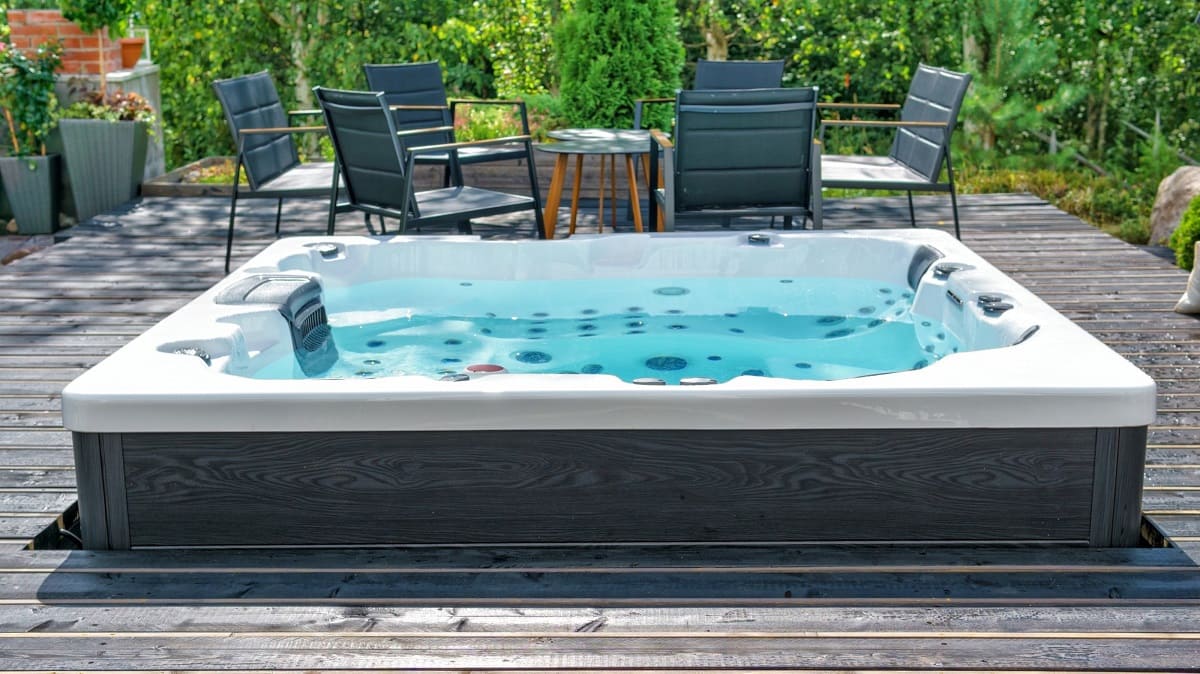
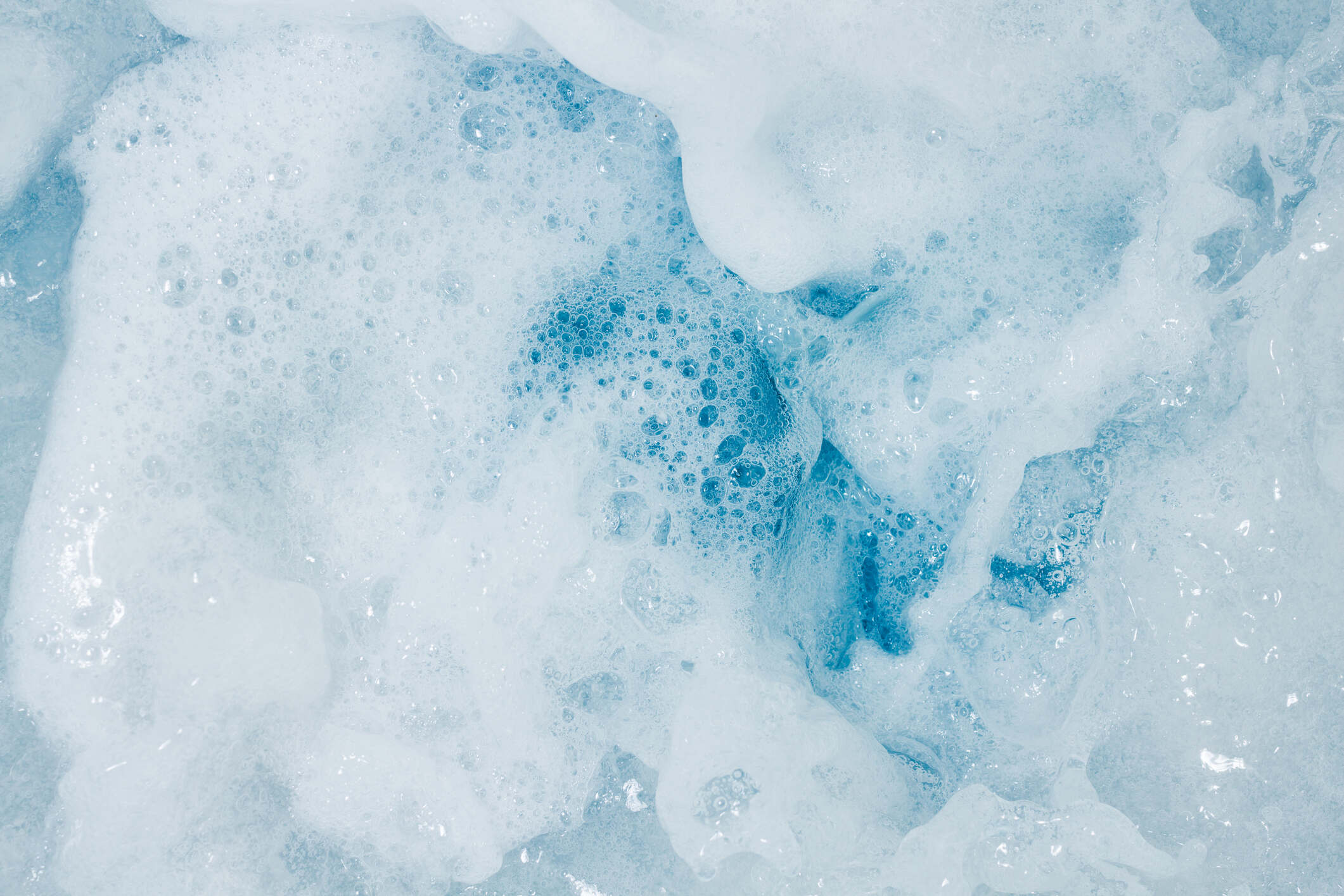

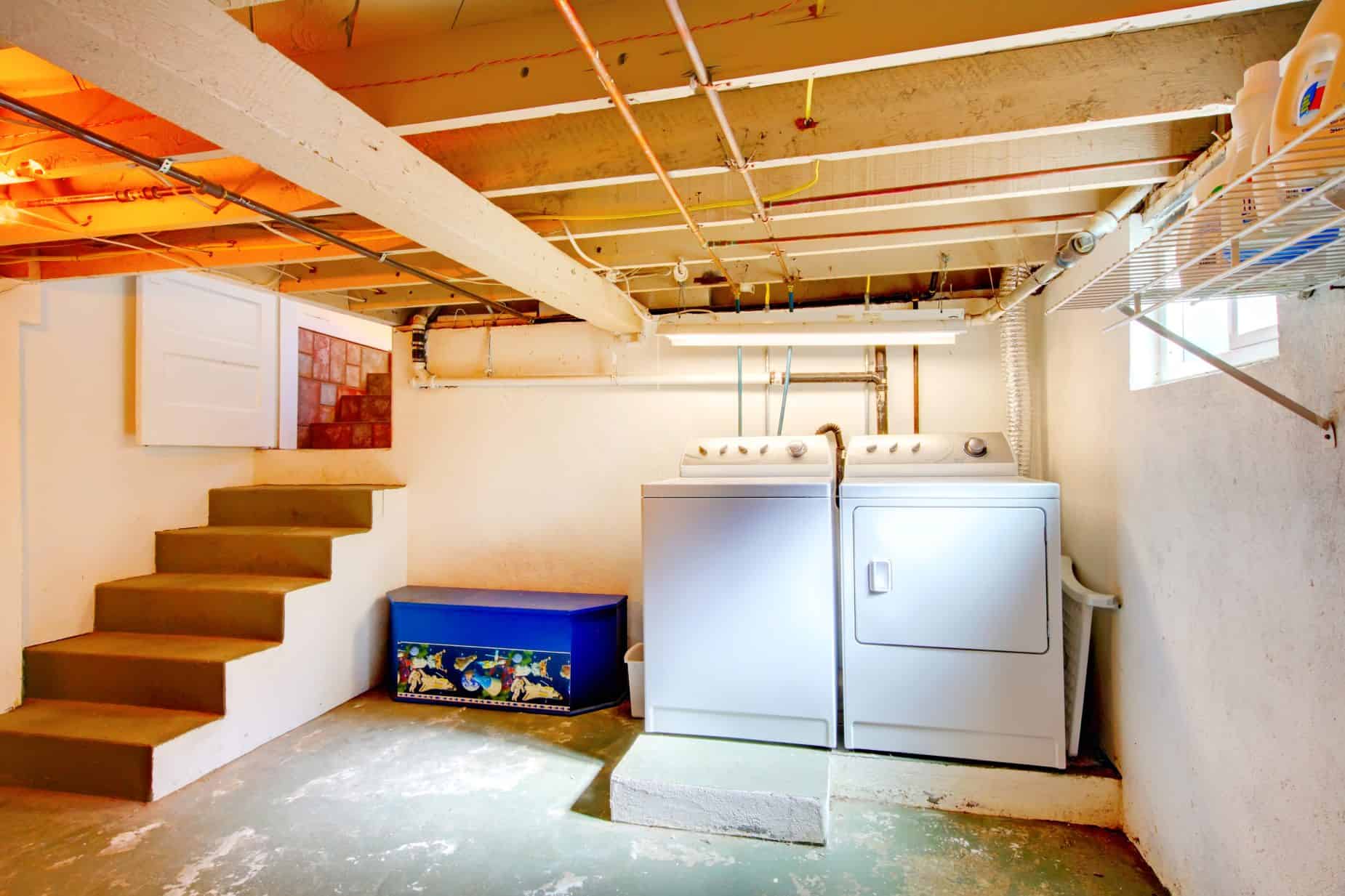
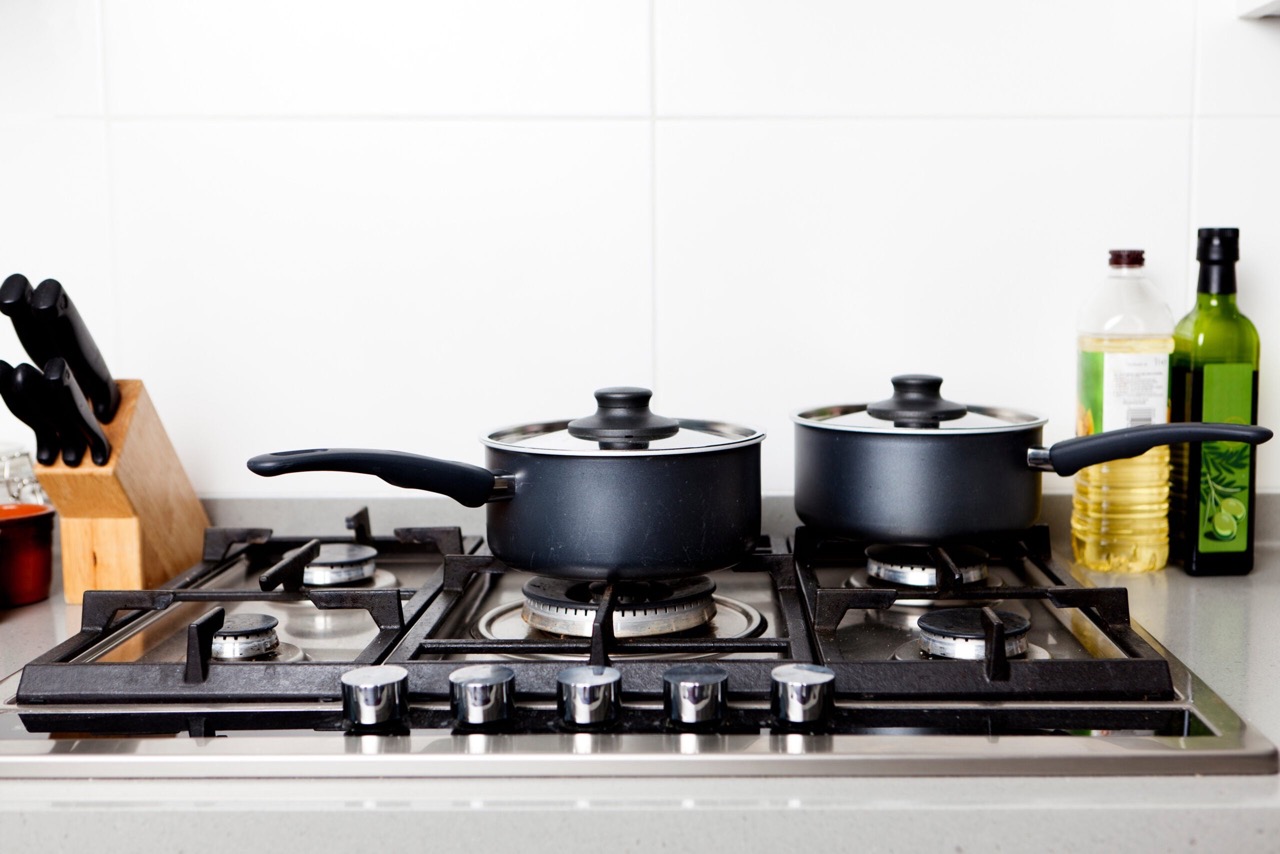

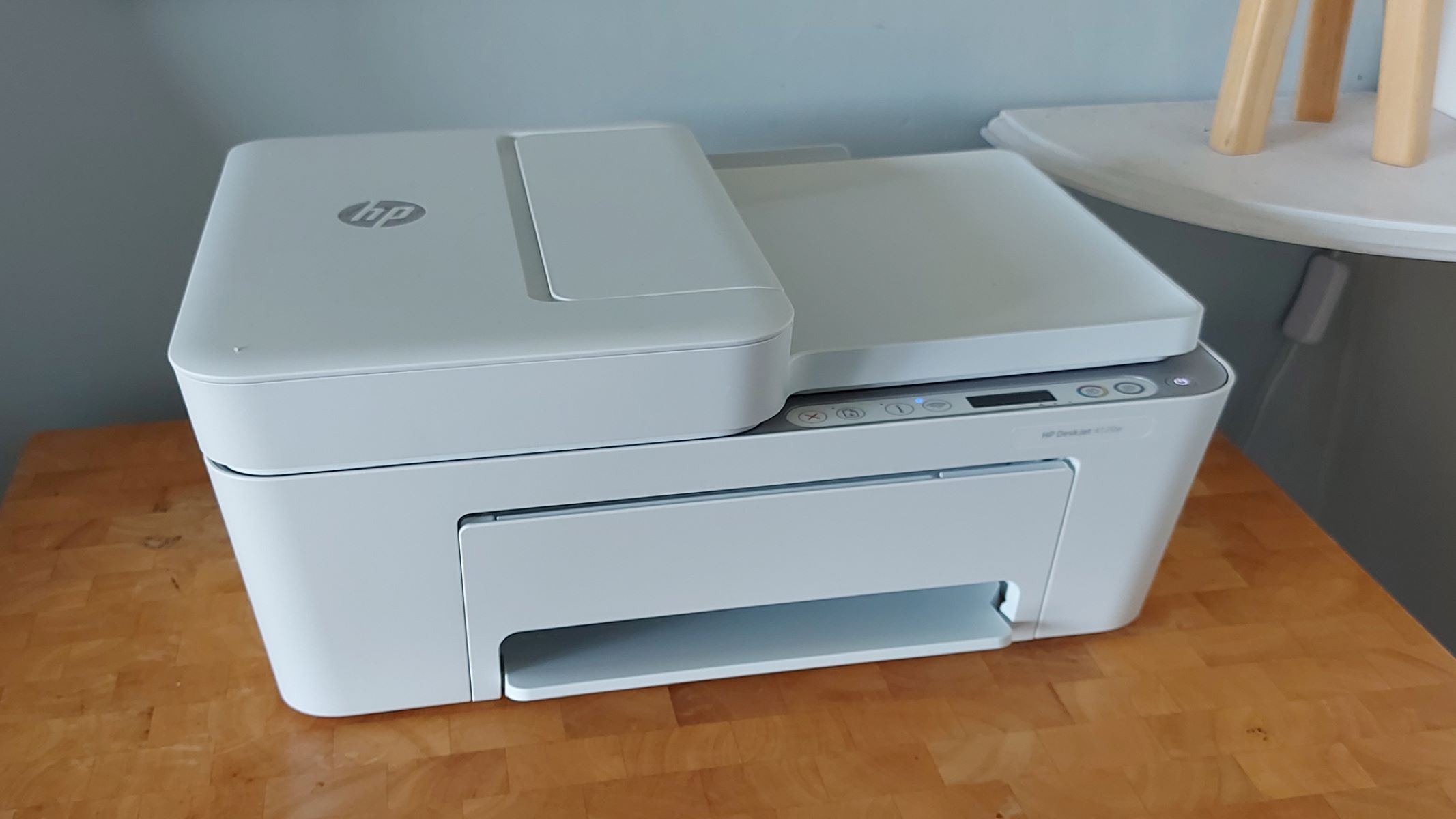
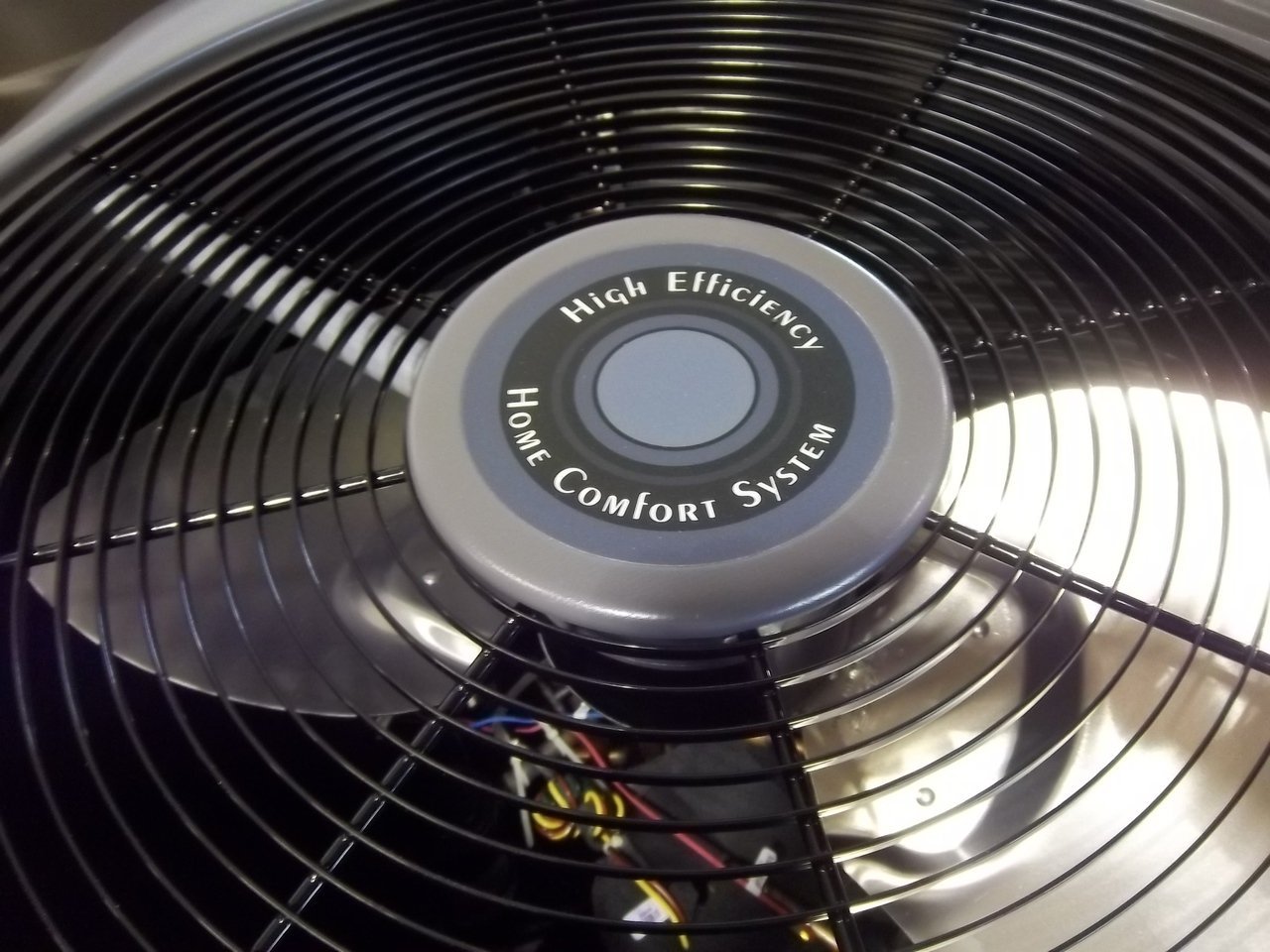
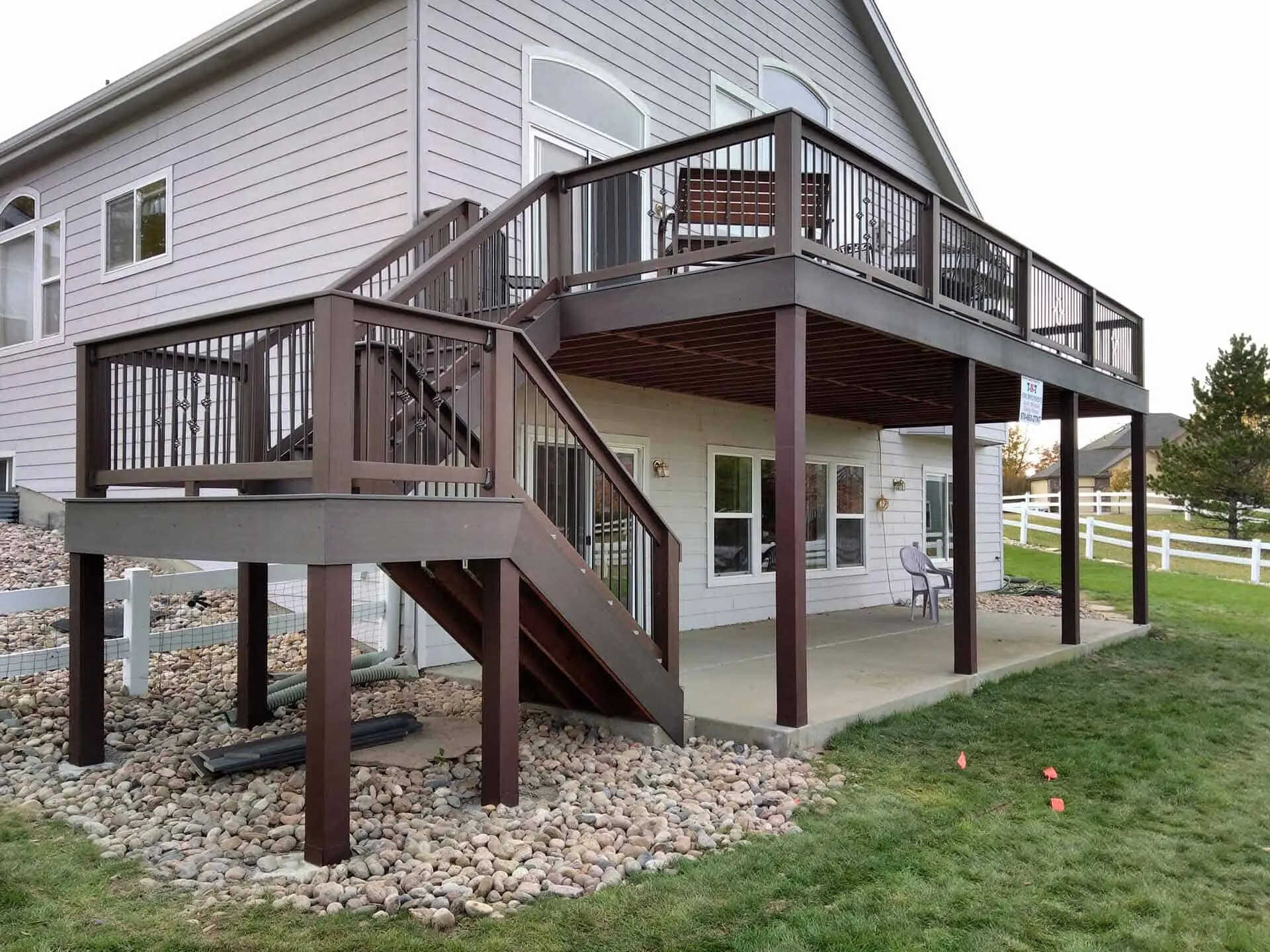


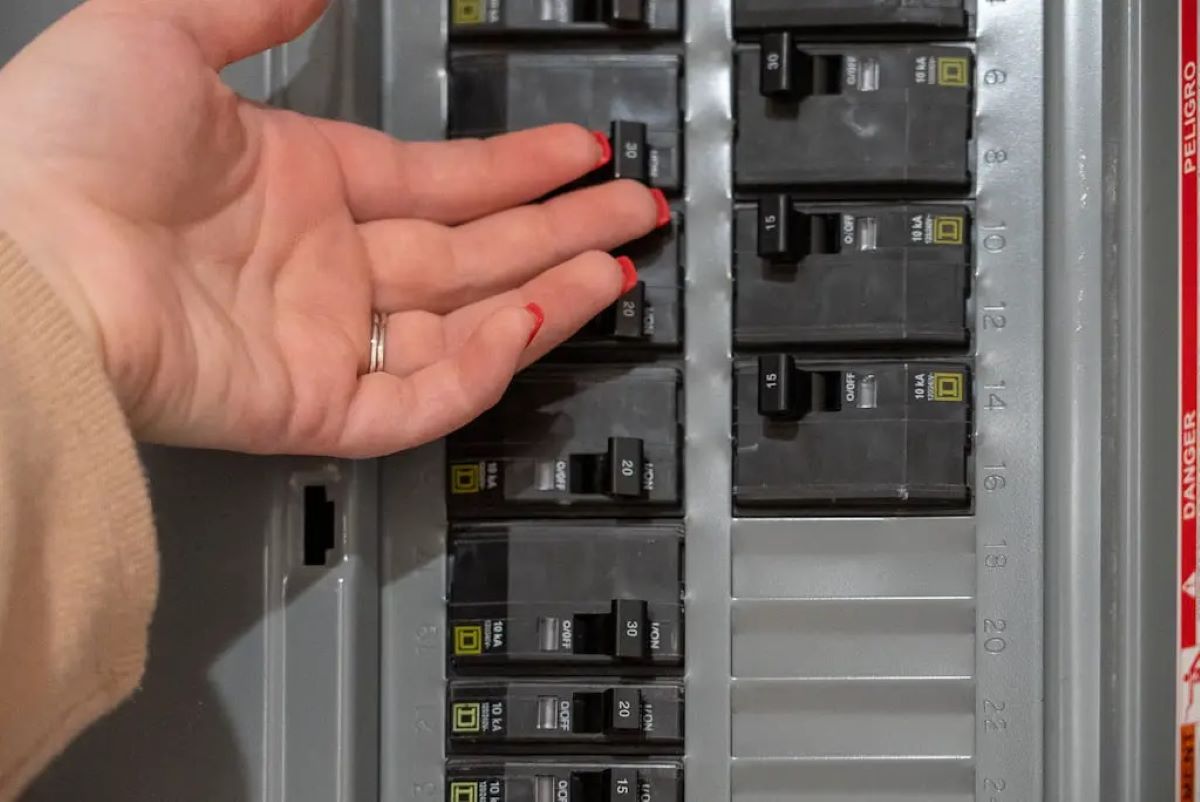
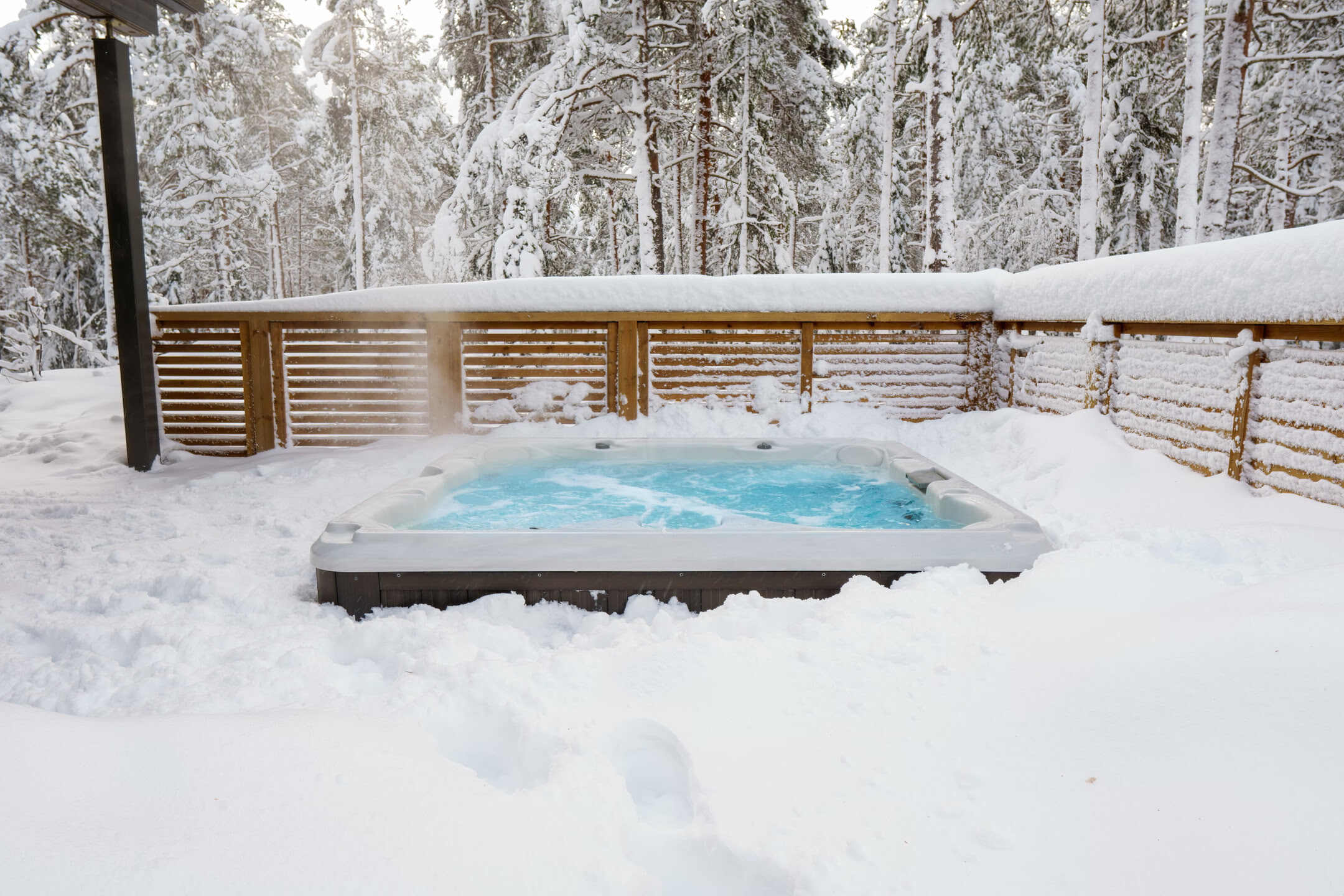


0 thoughts on “Why Is My Second Floor So Hot In The Winter”